24 Human Foods You Can Safely Offer To Your Cat
24.03.2022.
Are you looking for a healthy snack for your cat? Fortunately, you don't have to look far for some cat-safe foods to feed your beloved pet. Once you've determined what human foods your feline friend can consume, you can get creative by making your kitty delicious DIY cat treats.
Continue reading to learn which cat-friendly human foods are expert-recommended, so you can start feeding your cat like every other member of the family.
Meat and fish
Cats are obligatory carnivores, so you shouldn’t be too surprised that cats can safely eat meat and fish. In fact, out of all foods listed here, these will most likely be your cat’s favorites. Here’s what you can safely feed your cat.
Meat
Meat is high in animal protein and amino acids, and it is the primary source of nutrition for cats. Any type of meat can be fed to your cat as long as it is cooked and served plain, with no sauces or seasonings. When it comes to cooking methods, choose boiled, grilled, or baked meat over fried meat because frying adds unnecessary amounts of fat. Furthermore, ensure that the meat is thoroughly cooked to kill any viruses or bacteria that may be present.
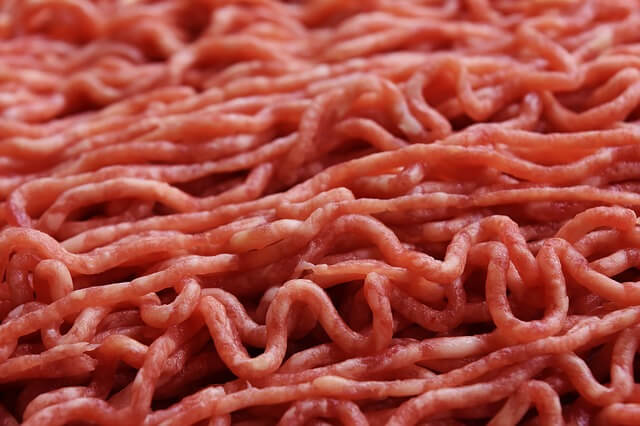
RELATED: Can Cats Eat Grapes? Here's Why It's Not a Good Idea
Fish
Fish is high in vitamins, minerals, and omega-3 fatty acids. Fish is best served to your cat boiled, cut into small pieces, and without seasonings. Choose fresh-caught fish over farm-raised, and be sure to carefully remove the skeleton and bones.
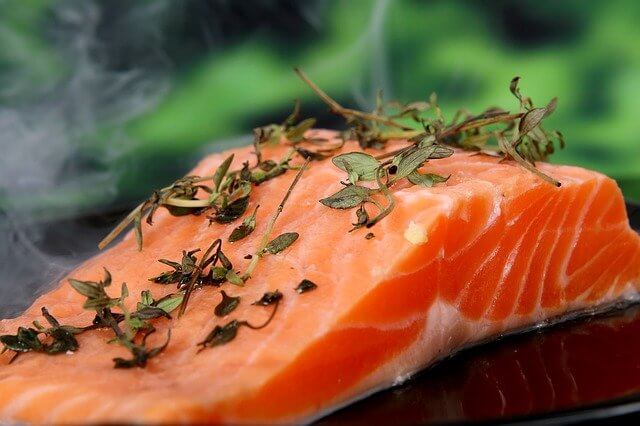
Shrimp
Shrimp contains phosphorus, calcium, protein, and omega-3 fatty acids. It's good for your cat's heart health and can help keep its fur in good condition. Cooked shrimp can be added to your pet's meals on occasion, but it should not be a daily treat for your little hunter.
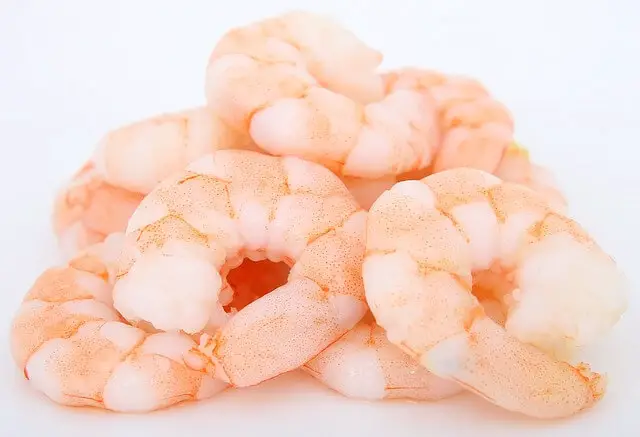
Ham and bacon
Because of the high levels of fat and salt in this meat, it should only be given in small amounts and as a treat on occasion. Make sure they're cooked thoroughly and cut into bite-sized pieces (about the size of your cat's kibble). Treat ham and bacon as occasional treats given only on special occasions.
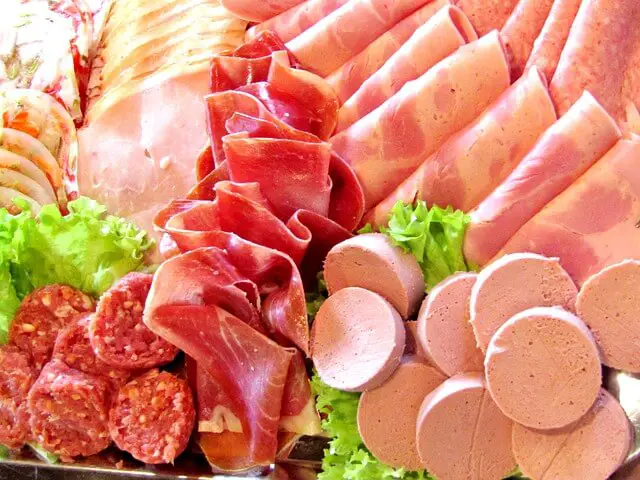
Eggs
Eggs are a good source of protein and can be fed to cats as long as they are cooked (scrambled or boiled). Never feed raw eggs to your cat because they may contain viruses and bacteria such as E. Coli and Salmonella.
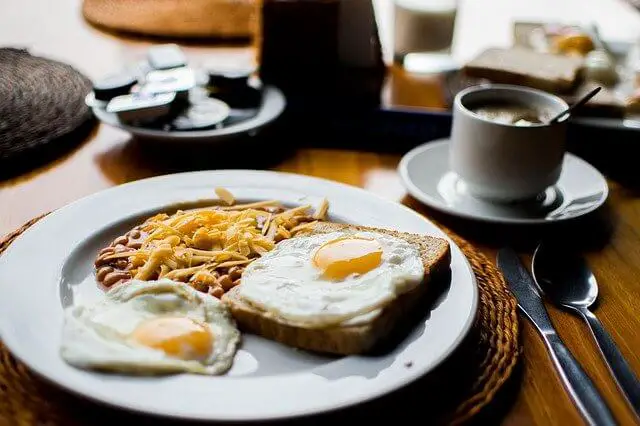
RELATED: Can Cats Eat Dog Food? What To Do If It Happens?
Grains and cereals
Cats do not require carbohydrates in their diet. Unrefined whole grains and wheat cereals, on the other hand, can be beneficial in terms of vitamins, fiber, and iron. Again, they should be served as an occasional treat rather than as a daily staple.
Oatmeal
Oatmeal is high in dietary fiber and iron, both of which are good for your cat's health. You can also apply oatmeal scrubs to them topically to treat skin problems. There is an excellent reason oatmeal is used in so many human skincare products and shampoos - it is fantastic. Your cat can benefit from it too.
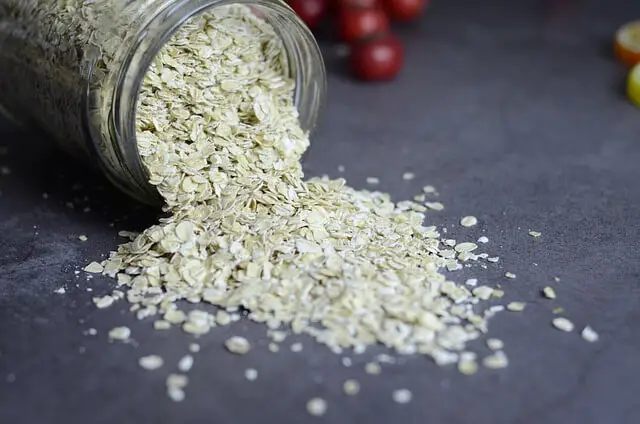
Rice
Rice is safe for cats to eat on occasion as long as it is well cooked and fed in moderation. Rice, due to its high fiber content, can aid in the treatment of diarrhea and stomach problems in cats. However, it is not part of a feline's natural diet and is unlikely to provide any nutritional benefits. Cats, as obligatory carnivores, should not consume grains on a regular basis.
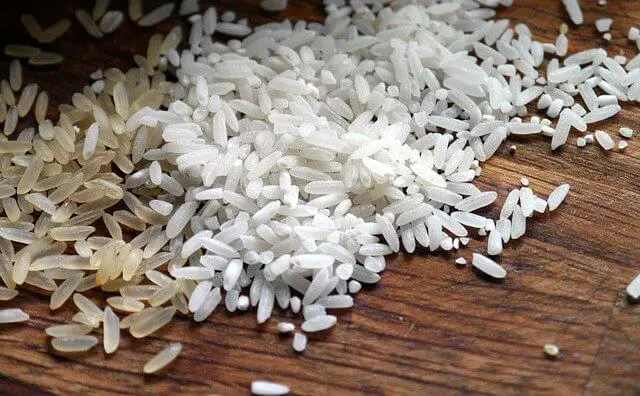
Fruits
Cats can safely consume most fruits, but only in small quantities. This is due to the fact that fruits are high in sugar and, if consumed in large quantities, may cause your cat to become overweight or develop diabetes. Furthermore, before giving fruits to your cat, always thoroughly wash them and remove any parts that may be difficult to chew and swallow, such as the peel and seeds. Fruits that cats can eat include:
Apples
Apples contain a lot of vitamins, fiber, and antioxidants. They are safe to feed to cats in moderation. Remove the peel and seeds because they may contain trace amounts of cyanide, which is toxic to cats.
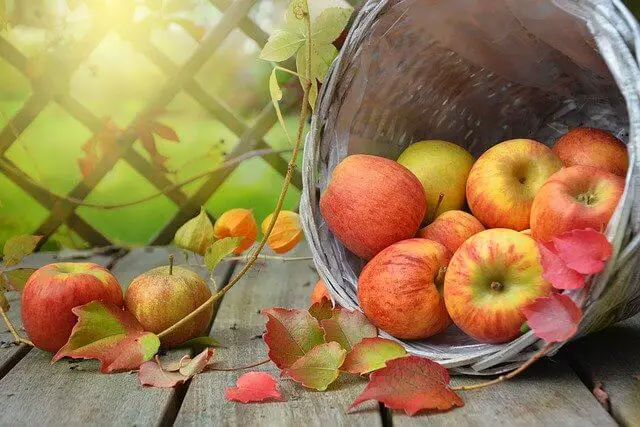
RELATED: 7 Best Cat Treats You Can Pick
Bananas
Bananas are high in fiber and are a good source of potassium, among other nutrients. However, they are high in sugar, so they should only be given in small amounts; treats like bananas should account for no more than 10% of your kitty's daily calorie intake.
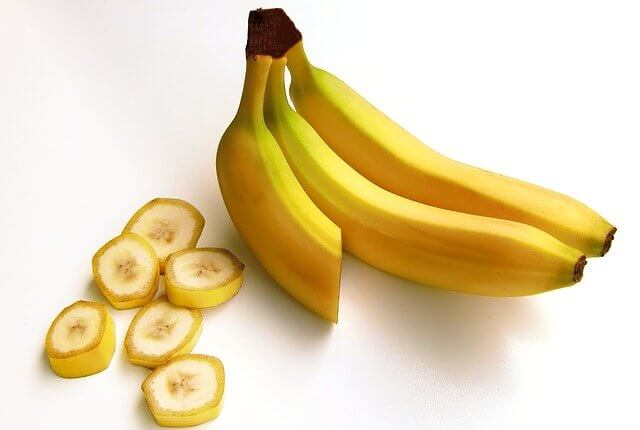
Pears
Pears contain vitamins and dietary fiber that protect your feline friend from infections and cancer. However, they have high sugar content. Feed it in small amounts and remove the peel and seeds. The seeds of pears, like apple seeds, contain cyanide, which is toxic to cats.
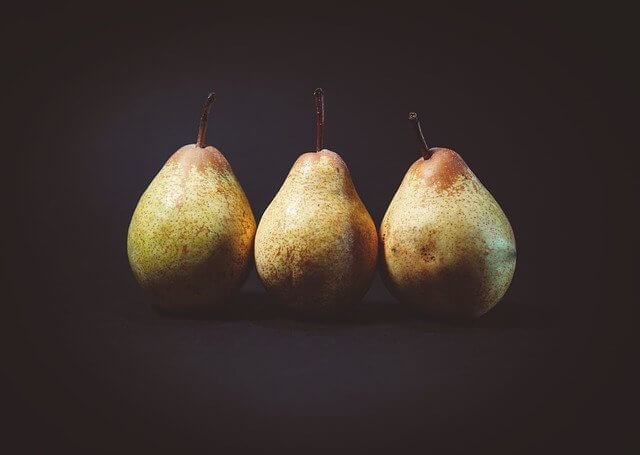
Blueberries
Blueberries are high in vitamin C and antioxidants, which protect cells from oxidative damage and lower the risk of UTIs. Blueberries can be given in small amounts as a snack or reward treat.
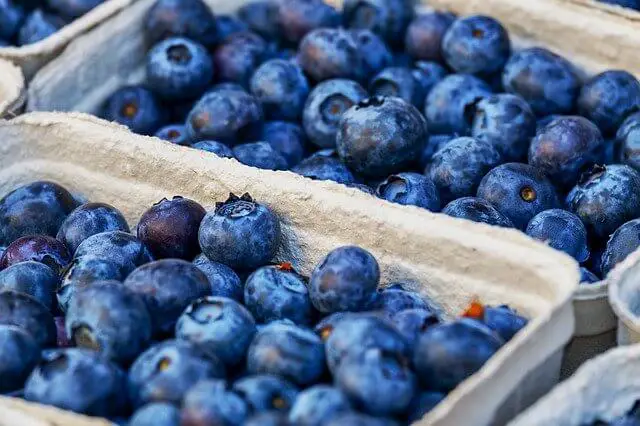
RELATED: Can Cats Eat Peanut Butter? What Do Vets Say?
Strawberries
Strawberries can be fed to cats fresh, frozen, or pureed. A small amount of these sweet red fruits, which are high in vitamin C, potassium, and fiber, can help boost and strengthen your cat's immune system.
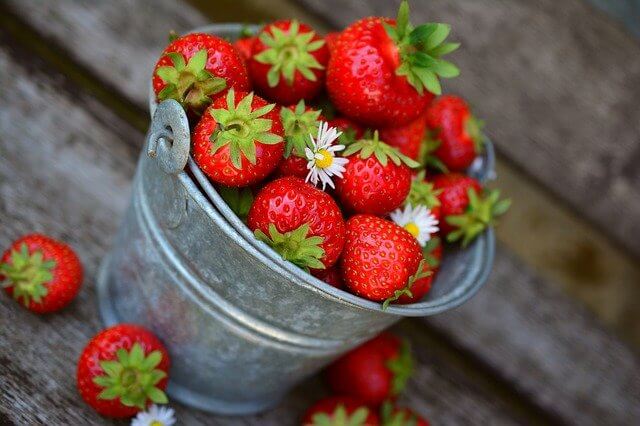
Raspberries
Raspberries, in addition to being high in dietary fiber and low in sugar, have anti-inflammatory properties, making them an excellent treat for cats, especially older ones. It should be noted, however, that raspberries contain high levels of xylitol, a natural sweetener known to be toxic to pets. Because the amount of xylitol in raspberries is negligible, they should be safe to consume in small amounts on occasion.
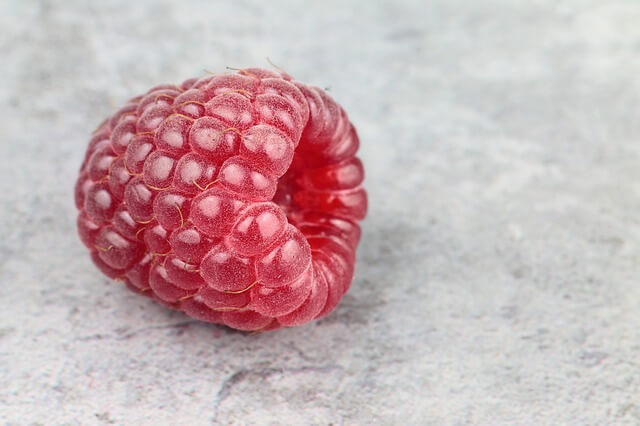
Cranberries
Cranberries are a good source of vitamin C, magnesium, and fiber. You can feed your cat cranberries, either raw or cooked, but avoid feeding them cranberry sauce or juice, which are high in sugar and may cause stomach upset.
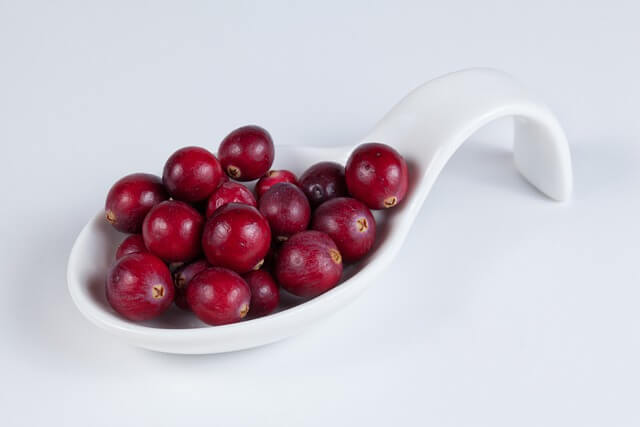
RELATED: 7 Best Dry Kitten Foods
Watermelon
Watermelon contains vitamins A, B, C, and potassium, and it is more than 90% water, which helps your pet's water balance. Other types of melon, such as cantaloupe and honeydew, are also safe for cats to eat. You can feed them in small amounts, but remember to first remove the hard skin and seeds.
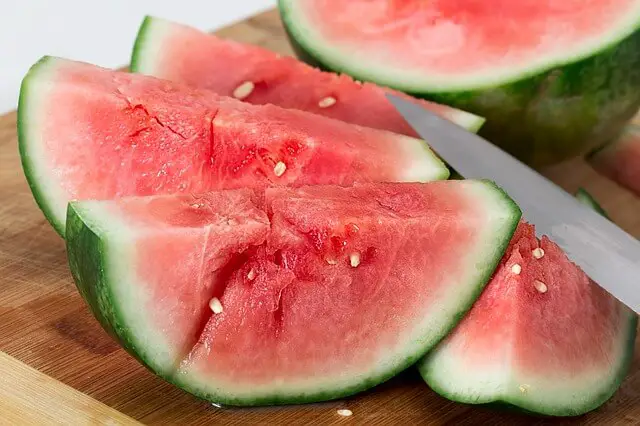
Pineapple
Pineapple is high in vitamins and minerals and is good for the immune and digestive systems. However, because this tropical fruit is high in sugar, it should only be fed in small amounts. Naturally, it is safe for cats only after the skin and hard parts have been removed.
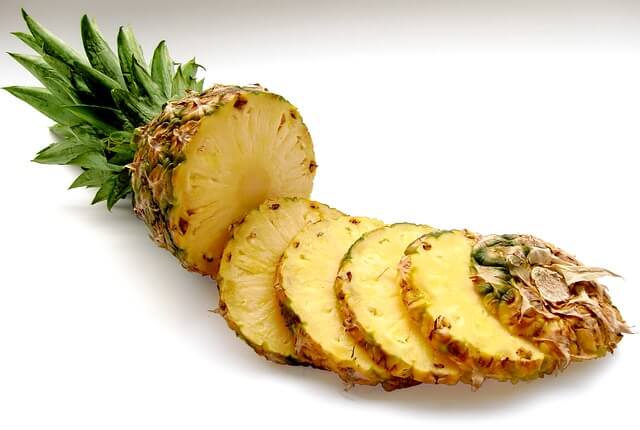
Pumpkin
Pumpkin is perfectly safe for feline consumption if the outer skin and seeds are removed. In fact, adding two or three spoons of cooked pumpkin puree to your cat's meal can help with diarrhea and constipation.
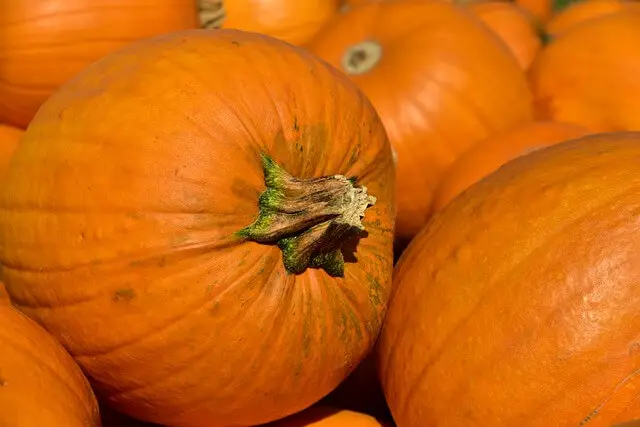
Vegetables
Cats are obligatory carnivores, which means they must obtain all of their nutrients from animal protein. This means that their digestive systems aren't built to handle fruits and vegetables that well. On the other hand, some vegetables can be safely fed in small amounts and on occasion because they contain vitamins and minerals that meat lacks. Because of their high water content, low-fat content, and low-calorie content, these may be especially beneficial to overweight cats. Vegetables you can safely feed your cat include:
Carrots
Carrots are high in beta carotene, which is beneficial to your cat's eyes and coat. This orange veggie is safe to feed your pet as long as it is peeled and cooked to reduce the risk of choking.
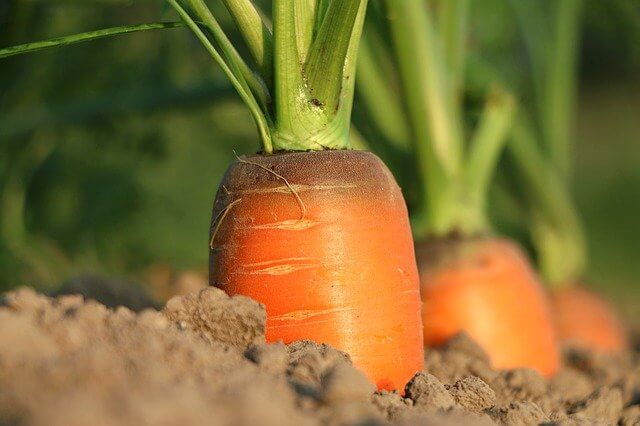
RELATED: Can You Give Bread to Your Cat? Is It Safe?
Cucumbers
Cucumber contains vitamins C and K, essential minerals like magnesium, and a lot of water, making it an excellent snack for overweight cats. Before serving it to your cat, peel it and cut it into thin strips.
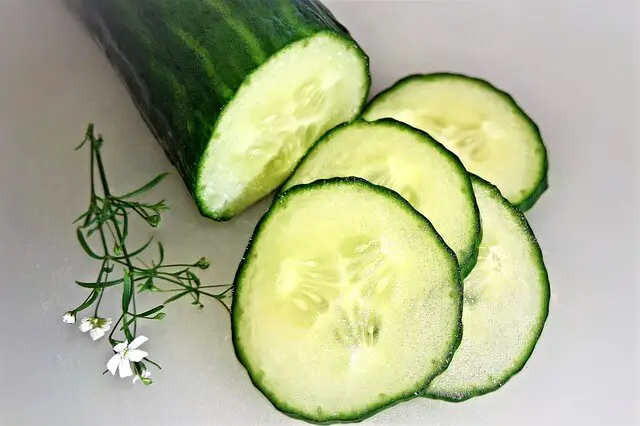
Celery
Celery is high in vitamins and fiber, making it ideal for cats who have digestive issues. This crunchy vegetable also has diuretic properties and can help your pet's kidney function. It is also high in water, so it can be given as a snack or treat to overweight cats on controlled diet plans.
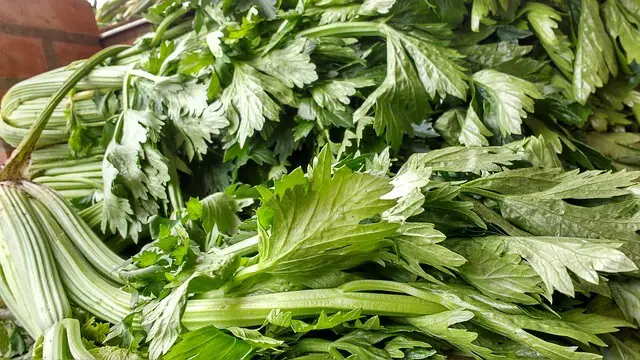
Green beans
Green beans are high in iron and protein but low in calories, making them ideal for overweight cats. A tablespoon of fresh, canned, or frozen beans can be safely added to your pet's meals. However, if you're feeding canned beans, make sure they're sodium-free.
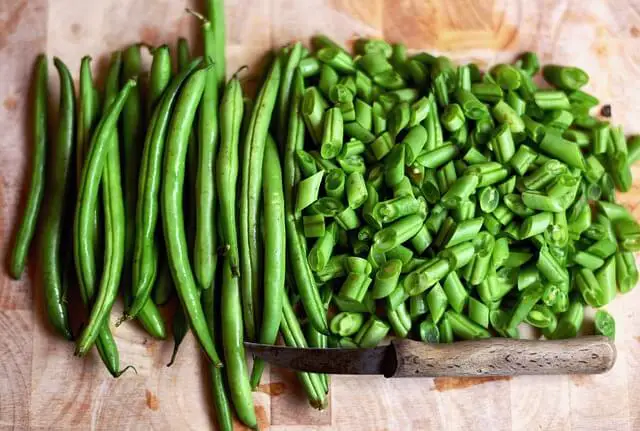
Lettuce
Apart from vitamins A and K, folate, and fiber, lettuce is also low in calories and high in water, making it ideal for cats who do not get enough water from traditional sources. This green veggie should be thoroughly washed before feeding and given in small pieces.
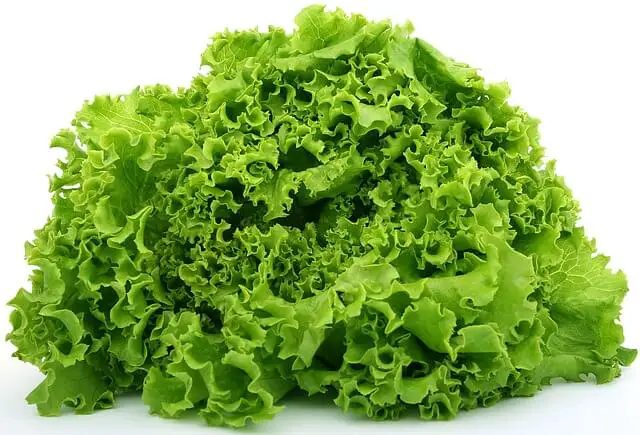
RELATED: Can Cats Eat Chocolate? Is it Safe?
In conclusion
The majority of the foods on this list should be given to your cat as treats after they have eaten their regular cat food. They should not account for more than 10% of your cat's daily calorie intake.
Introduce new foods gradually to see how your cat reacts to them. If there are no side effects such as diarrhea or vomiting, you may gradually increase the amount.
Finally, remember to provide plenty of water for your cat, especially if they only eat dry food. If your cat does not drink enough water, it may develop urinary stones.
World Cat Finder Team

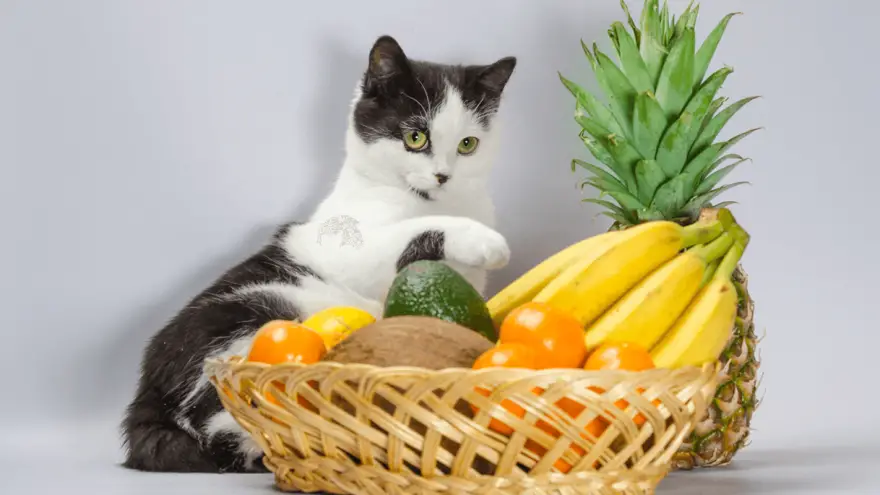

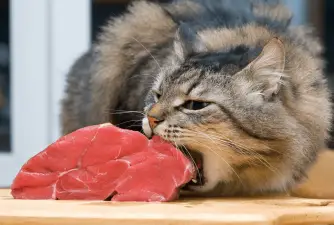
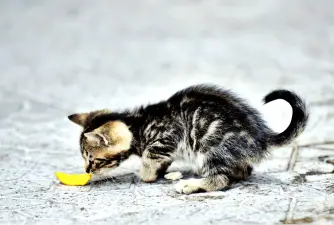

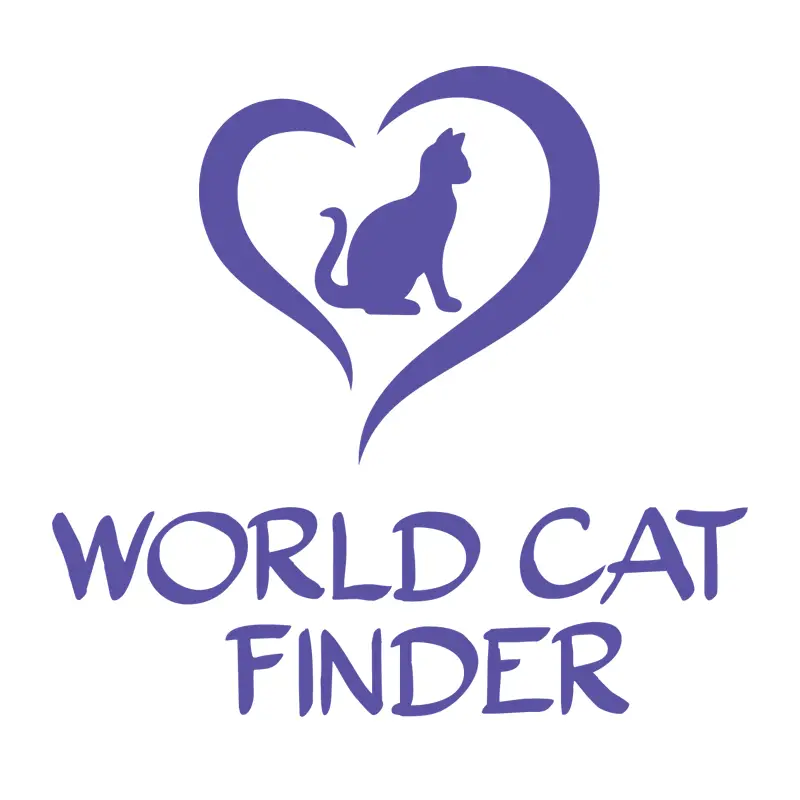
Share